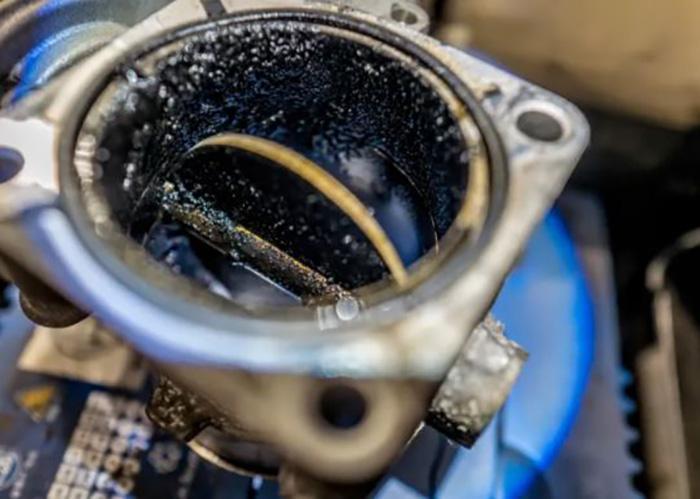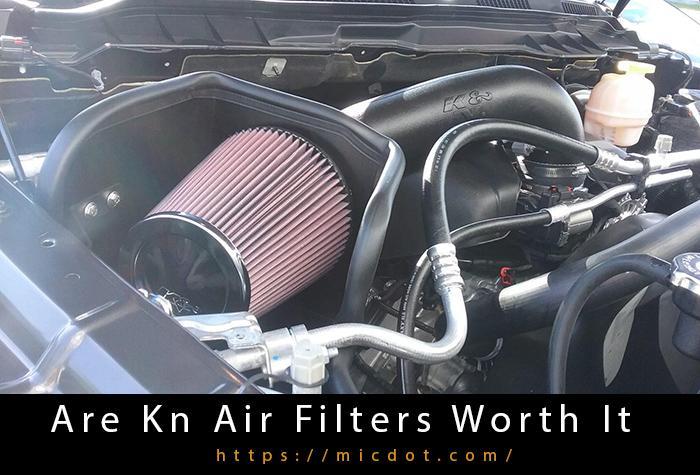Affiliate links can be found throughout this piece. Using any of the links on this page will allow me to earn a small commission at no additional cost to you.
The engine’s intake manifold is a critical part responsible for distributing air and fuel to all of the cylinders.
You Are Watching: How To Remove Carbon Buildup In Intake Manifold Updated 04/2024
Carbon buildup, which is caused by impurities such as gasoline, oil, coolant, and other fluids, might impede the performance of this component.
Over time, these particles will decrease performance and efficiency, as well as increase emissions and fuel consumption, if left untreated.
You’ll discover how to eliminate carbon buildup from the intake manifold in this post.
Let’s get this party going!
What Causes Carbon Buildup In Intake Manifold?

Carbon can accumulate in the engine’s intake manifold when the vehicle is running.
When oil or gasoline collects on intake system components like valves, it burns off when these objects come into touch with high-pressure air during combustion, resulting in carbon buildup.
Airflow may be restricted and engine performance may suffer as a result of this buildup over time.
Lack of airflow into the intake system is another reason for carbon accumulation, and this can be caused by a filthy or incorrectly tuned throttle body.
Read More : Comparisons Jeep Renegade Vs Nissan Juke Updated 04/2024
The engine will run rich as a result of this, as it is receiving too much fuel when it actually requires more air to burn. Carbon accumulation can still occur, even if this isn’t as harmful as some other factors.
The gasket or seal that separates two parts of an intake manifold is a common source of leaks.
To put it another way, it’s like an oil cover on top of the engine that doesn’t seal properly and leaks oil.
How To Remove Carbon Buildup In Intake Manifold
Intake manifold cleaning is best done with a specific cleaner that eliminates deposits and leaves no residue.
In order to avoid electric shock, disconnect your negative battery cable before beginning any operation.
After that, remove the vacuum line from the engine and add the required amount of cleaning chemical to the intake.
You’ll now need a catch beneath the intake tube to collect any fluid that spills out during the process of cleaning.
Avoid getting any liquid on your throttle body’s sensitive connections, since this could lead to leaks in the future. Wait a few minutes before starting the car up and driving off.
As you drive, look for indicators of carbon buildup in the form of white smoke. In order to prevent further accumulation in your intake tube, first remove the suction line and then turn off your car’s engine before repeating these actions as necessary.
Then, reconnect all of your vacuum lines and go for a drive to get rid of any liquid that may have gotten stuck in your intake tube, and then take everything apart once again to put it all back together again, just as when you started.
This may be easier said than done, so if you need help, look for a mechanic in your area.
When Should I Clean My Intake Manifold?
If your car hesitates or stalls while it’s cold or warming up, or if you’ve driven more than 50,000 miles in it, I’d suggest getting the intake valves cleaned……………………..
Read More : Tennessee Window Tint Laws That You Need Know Updated 04/2024
An engine’s intake manifold should be cleaned when it needs a tuneup, in general. The best time to remove any carbon buildup is when you’ve already had a tune-up, but it still needs one.
What if you just got the oil changed in the car?
However, you should check to see if the intake manifold has been serviced recently because there may be an issue with the fuel system or another engine component that is not yet obvious.
Frequently Asked Questions
How can i tell if my carbon buildup needs to be cleaned?
The frequency with which you clean your intake manifold will depend on the type of vehicle you own and how often it has been done in the past. A decent rule of thumb is to remove any buildup that is visible.
How do i clean intake manifold?
A professional car wash is the most effective means of removing carbon from your vehicle’s exhaust system.
Coca-Cola or vinegar mixed with water can also be used to loosen up the dirt and make it easier to remove with a scraper or degreaser.
How often should i clean my intake manifold?
Having your intake manifold professionally cleaned at least every two years is your best bet.
If this isn’t an option, we recommend that you remove the buildup the next time you drive for no longer than ten minutes.
How do i know if my intake manifold is clogged?
You can tell when your car is sluggish because it takes a lot of effort to get the motor going or even get it started.
As a result, your vehicle’s engine will produce more pollution and use more fuel.
Conclusion
It is critical to know how to remove carbon buildup from the intake manifold in order to keep your vehicle running smoothly.
But keep in mind that you don’t have to accomplish this alone if you find the previous steps difficult. Repairs and inspections for your vehicle can always be handled at your local auto mechanic shop.
Sources: https://micdot.com
Category: Car










